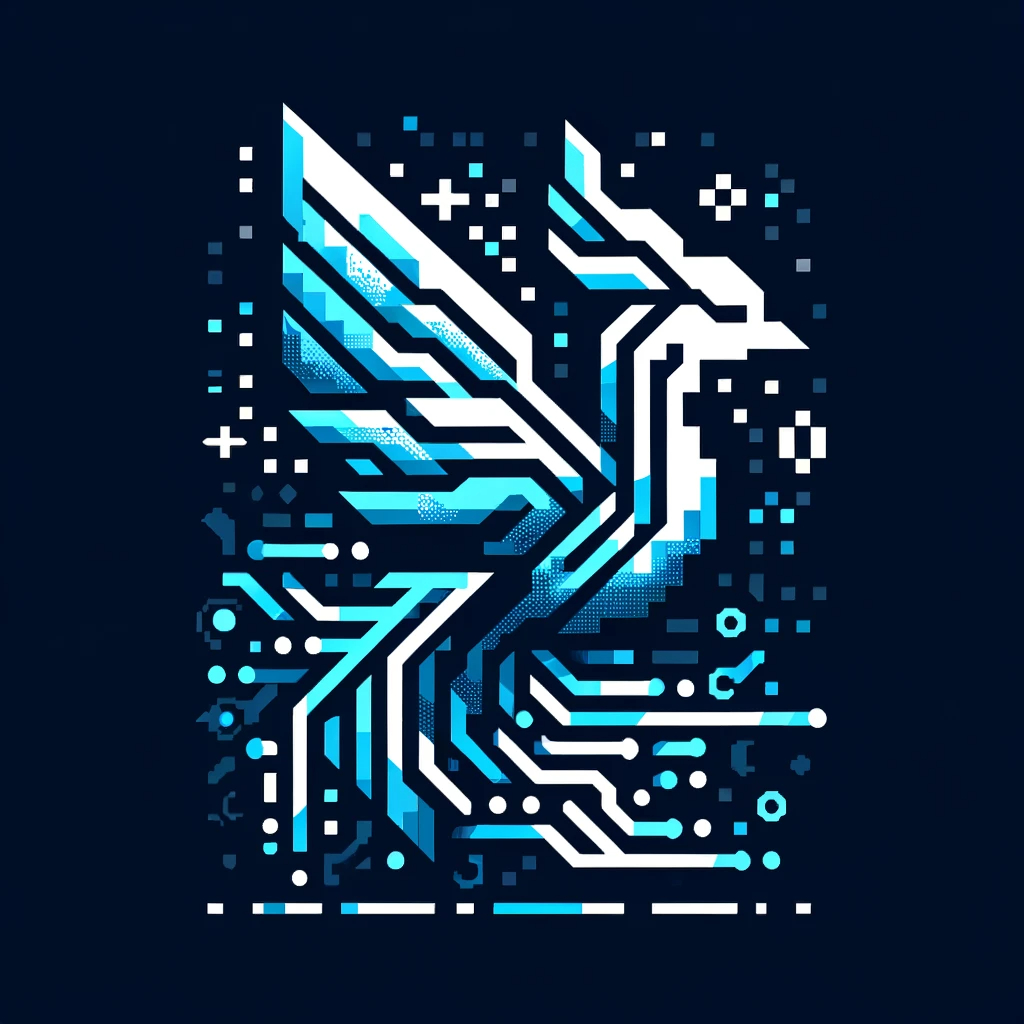140 reads
Grassroots Distributed Systems for Digital Sovereignty: Future Work & Discussion
by
May 13th, 2024
Audio Presented by

We believe everyone should have ultimate control and ownership over their cryptographic assets and digital transactions.
Story's Credibility

About Author
We believe everyone should have ultimate control and ownership over their cryptographic assets and digital transactions.